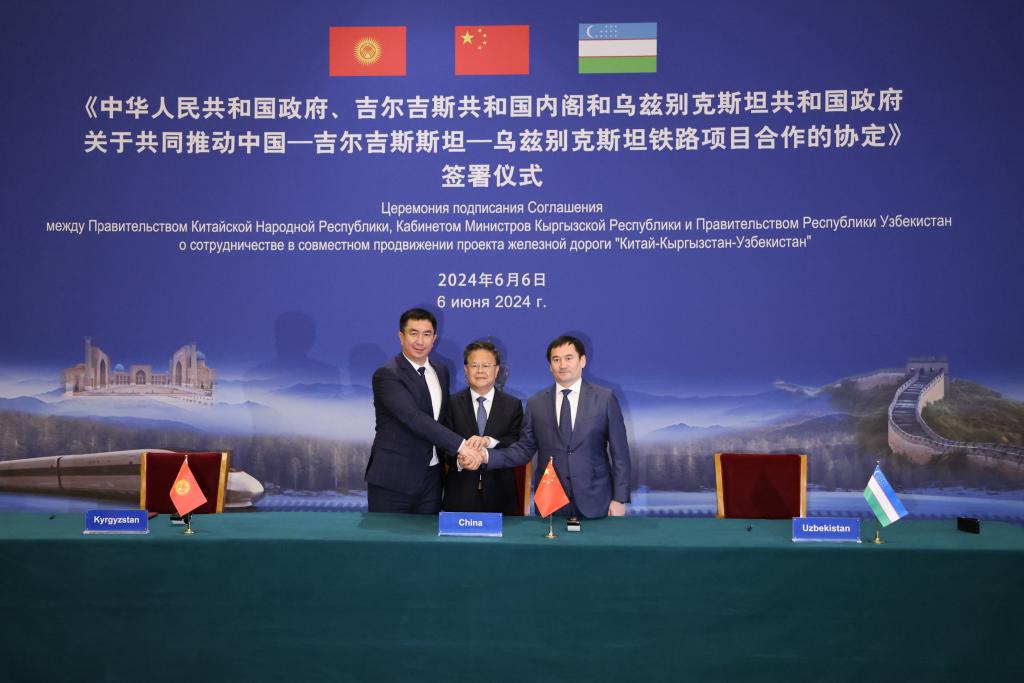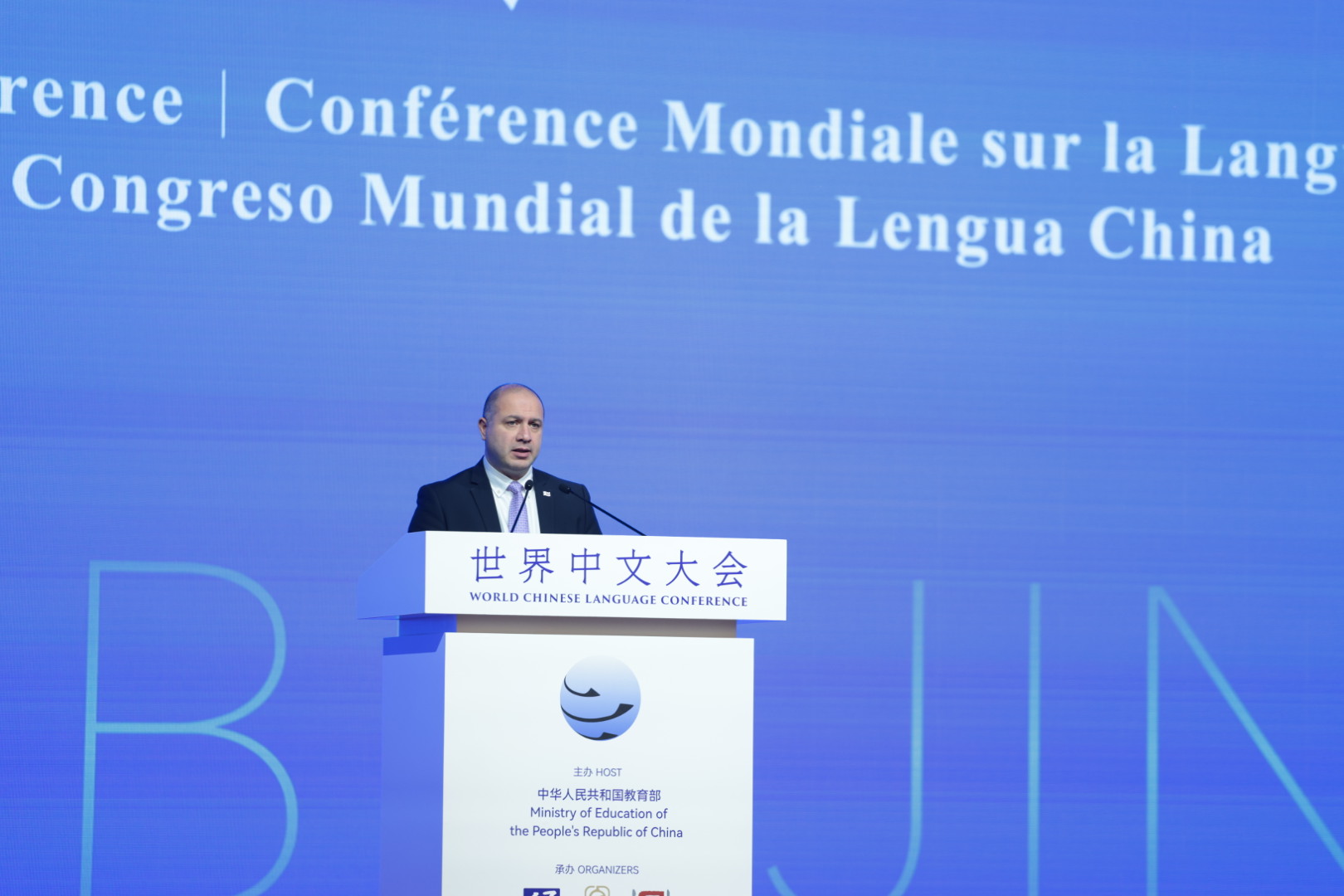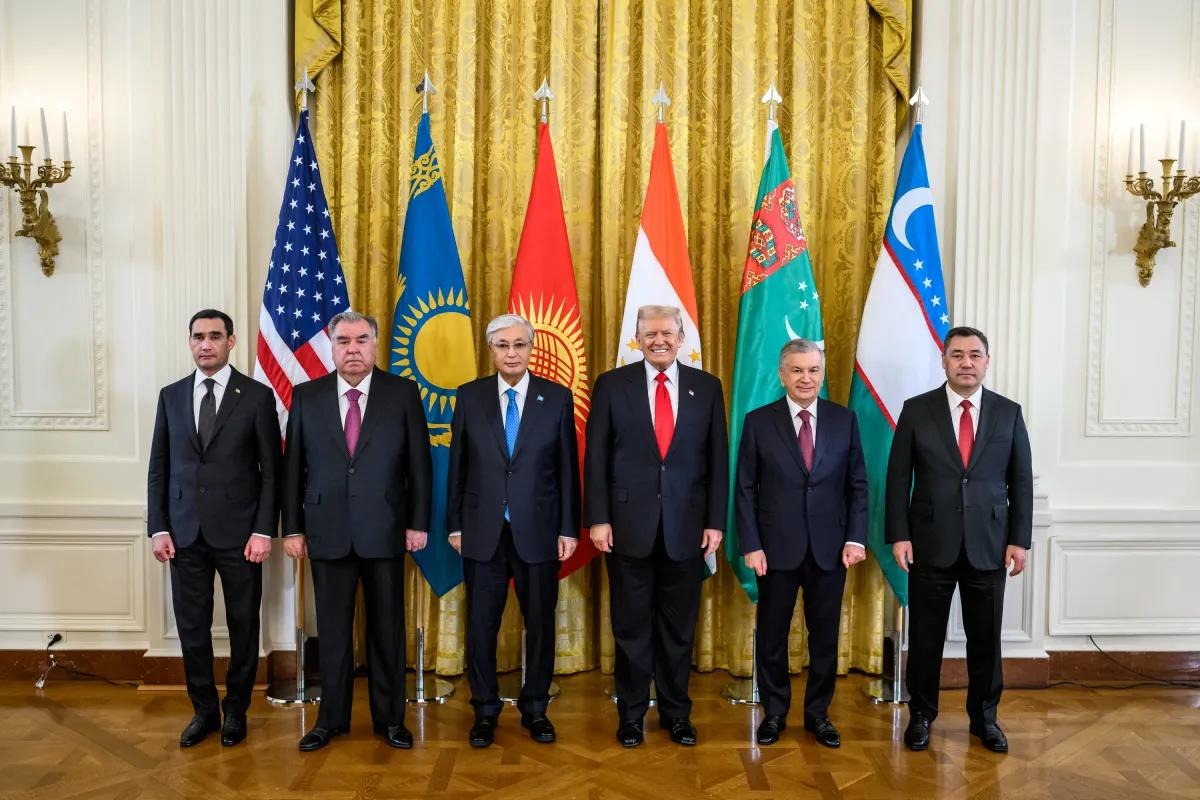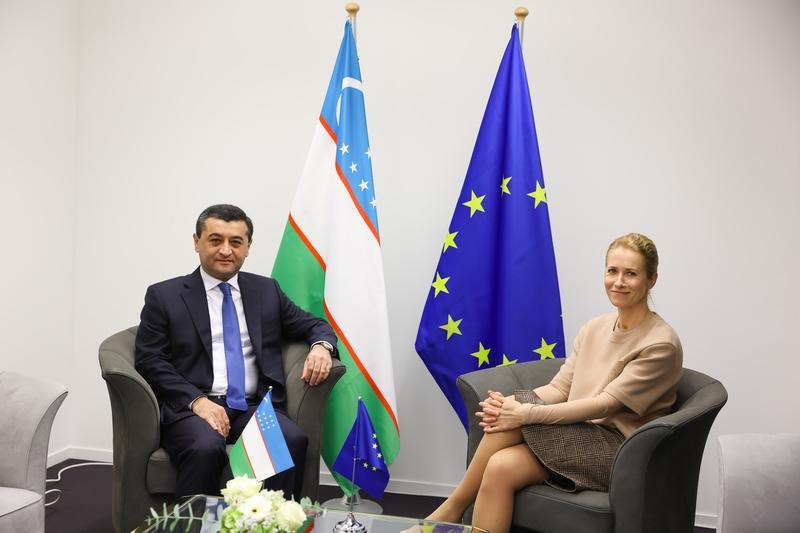
Beijing Revives China–Kyrgyzstan–Uzbekistan Railway
Beijing Revives China–Kyrgyzstan–Uzbekistan Railway
Executive Summary:
- Beijing, Bishkek, and Tashkent signed a joint agreement in June to finance and begin constructing the oft-discussed China–Kyrgyzstan–Uzbekistan railway by October 2024.
- After many years of discussion, China finally pledged to finance over half of the project’s costs, and the parties appear to have agreed on a joint route passing through western China and southern Kyrgyzstan and ending in eastern Uzbekistan.
- Beijing will likely be the major beneficiary of the railway, enhancing its ability to adjust transit routes, further weaken Russia’s control over regional connectivity, and increase its bargaining leverage with Moscow and the Central Asian governments.
On June 6, the heads of state from China, Kyrgyzstan, and Uzbekistan approved a trilateral pact to transform an oft-discussed railway from a vision into a reality. According to the agreement, construction of the China–Kyrgyzstan–Uzbekistan (CKU) railway is expected to commence in October (Xinhua, June 6). Based on a memorandum signed in May 2023, it appears the parties agreed on a joint route that would run through Kashgar and the Torugart Pass in western China to Makmal and Jalal-Abad in Kyrgyzstan and end in Andijan in eastern Uzbekistan (24.kg, June 18). Additionally, the three countries agreed to create a joint holding company for the project, with 51 percent of shares allocated to an authorized Chinese company and 24 percent each to authorized companies from Uzbekistan and Kyrgyzstan (UzDaily, June 27). A significant breakthrough occurred in financing when Beijing pledged to provide the consortium with a $2.35 billion low-interest loan to cover about half of the project’s final costs. The remaining obligations for Uzbekistan and Kyrgyzstan are $573 million each (Daryo, June 19; Eurasianet, June 20). While the project’s implementation will not be without its difficulties, China’s newfound openness reflects a willingness to invest more in Central Asian transit and trade as a means of expanding its influence in the face of competition with Russia and the West (see EDM, May 24, 2023, June 13). For Uzbekistan and Kyrgyzstan, the railway would not only improve connectivity within their own borders but also elevate their respective roles in east-west trade.
Since 1997, the CKU railway has been one of the most significant connectivity initiatives in the region but has faced numerous technical, economic, and geopolitical obstacles. The primary issues have been agreeing on the railway’s route and financing (see EDM, May 7). While China and Uzbekistan have favored the southern route, representing the shortest transit route to Europe and the Middle East, Kyrgyzstan has prioritized the northern route, which would pass through major population centers and potentially connect the country’s north and south (VOA News, April 11, see EDM, May 20). Beijing and Tashkent have considered Bishkek’s proposal too costly and less efficient, creating a major bottleneck for moving forward on the project. The project’s financing had been another critical obstacle, as the railway has an estimated cost of $4.7 billion. The lack of funding in Kyrgyzstan and Uzbekistan, coupled with China’s unwillingness to shoulder the entire financial burden, has stalled the project’s realization for almost 30 years (Eurasianet, June 20).
Beijing’s pledge to cover half of the project’s costs reveals a significant shift in its stance on the railway. This change has been driven by disruptions in the regional security environment and evolving trade and transit trends in Central Asia, both prompting China to reassess the CKU railway’s potential. Russia’s war against Ukraine has begun to transform connectivity between China and Europe, as many countries seek to establish alternative corridors to the Russian-dominated routes. For example, growing international sanctions on Moscow have increased the risk for Beijing in using the traditional northern route that passes through Russian territory (see EDM, April 19, 2022; The Astana Times, June 27). Additionally, the rise of Houthi attacks in the Red Sea has forced companies to use longer, more costly alternative routes. The unstable environment in major maritime shipping routes further threatens connectivity between China and Europe (The Times of Central Asia, April 1). In this context, Beijing has focused on developing alternative routes, such as the Middle Corridor, and expediting the development of new infrastructure projects, including now the CKU railway, to diversify its transit options in Central Asia (see EDM, April 19, 2022, October 26, 2022).
Shifting regional power dynamics have also prompted China to reassess the railway. Specifically, Russia has steadily shifted its position on the CKU railway from opposition to passive support. In 2022, Kyrgyzstan’s President Sadyr Japarov commented that Russian President Vladimir Putin had agreed to the construction of the CKU railway (AKI Press, May 31, 2022). Russia’s eagerness to create a new transportation route along the alternative Uzbekistan–Turkmenistan–Caspian Sea–Russia corridor positions the CKU railway as complementary to Moscow’s plans. The Kremlin’s changing perception of the CKU railway is likely a ploy to maintain declining regional influence and may have been another factor that encouraged Beijing to finally finance the project (Turkmen Portal, February 9, 2023, Kun.uz, September 19, 2023).
Overall, the realization of the CKU railway has a range of positive implications for the participating countries. Both Kyrgyzstan and Uzbekistan are expected to gain $200 million in transit revenue. Additionally, the project is expected to not only generate additional income but also create new jobs, which are critical for maintaining stability and preventing possible social discontent in both countries (Eurasianet, May 17, 2021; Kabar News Agency, June 11).
Despite the benefits for Tashkent and Bishkek, the railway project will significantly boost Beijing’s involvement in regional transit, likely making it the major beneficiary. To begin with, the CKU railway will shorten the distance from China to Europe and the Middle East by approximately 900 kilometers (about 560 miles), reducing transit times by eight days. Furthermore, the railway will provide an alternative for Chinese companies to avoid congestion and switch cargoes from one route to another in the case of any future crisis (Kun.uz, May 18, 2023). The CKU railway will also serve to diversify transit routes through Central Asia, reducing risks and potential fluctuations in connectivity between China and Europe. Domestic turmoil in Kazakhstan in 2022 and tenuous relations between Moscow and Astana have shown that reliance on a single country for regional transit can be risky (see EDM, January 20, 2022). The railway will provide a chance to transit through Kyrgyzstan and Uzbekistan should the routes running through Kazakhstan and Russia remain compromised.
Beijing’s pledge to finance the CKU railway reflects its changing attitude toward the project against the backdrop of significant upheavals in regional trade and transit. In the short term, the project has the potential to bring positive economic outcomes for Kyrgyzstan and Uzbekistan, allowing both countries to enjoy higher transit fees, create new employment opportunities, and establish stronger connections to external markets, particularly in the Middle East and Europe. In the long term, the project could greatly benefit China by diversifying its trade routes to Europe and positioning itself as a leader in regional trade, thereby decreasing reliance on Russian and Kazakh routes. This diversification would enhance China’s ability to adjust routes in response to future crises, further weaken Russia’s control over regional connectivity, and increase Beijing’s bargaining leverage with Moscow and the Central Asian governments.


